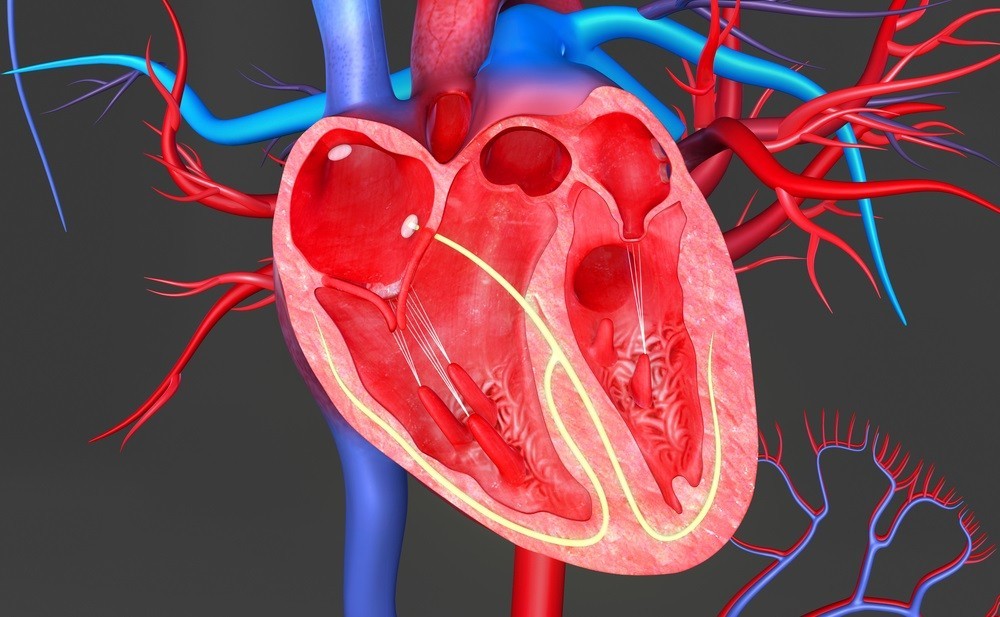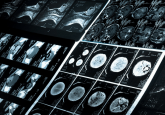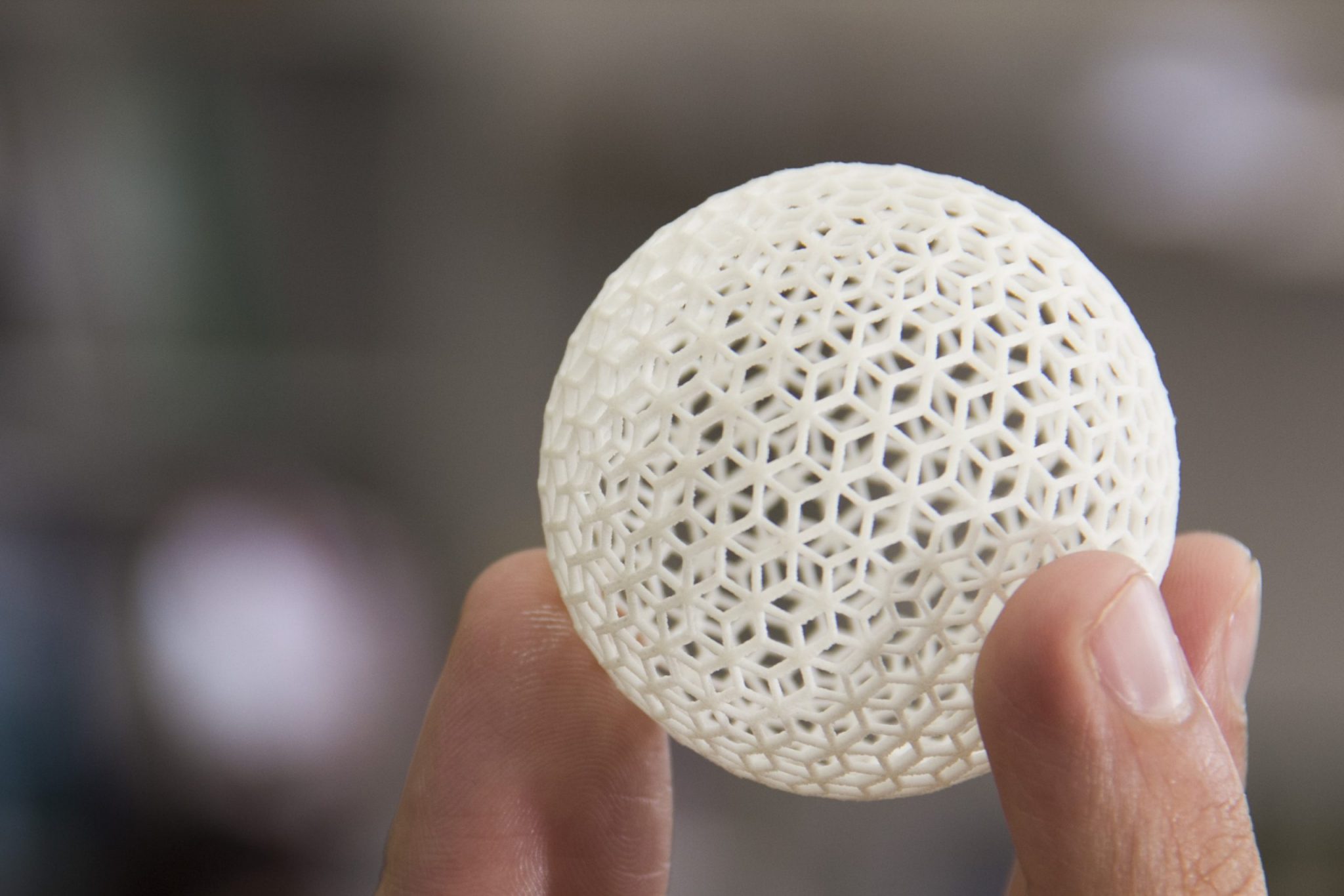Repairing damaged nerve cells with gold-based nanoscaffolds

Printed polydopamine scaffolds layered with gold and polycaprolactone could help accelerate recovery from peripheral nerve injuries A team from Shanghai Jiao Tong University (Shanghai, China), led by Yuanming Ouyang, have shown how 3D gold nanocomposite channels can be used to promote neural regeneration in vivo. The team layered polydopamine with gold and polycaprolactone to create nerve guidance channels that are biocompatible, biodegradable and electrically conductive; and showed their effectiveness in repairing nerve defects in rats. Peripheral nerves, connecting the brain and spinal cord to the body's wider sensory and motor function, are fragile, and easily damaged, inhibiting sensitivity and motor...





